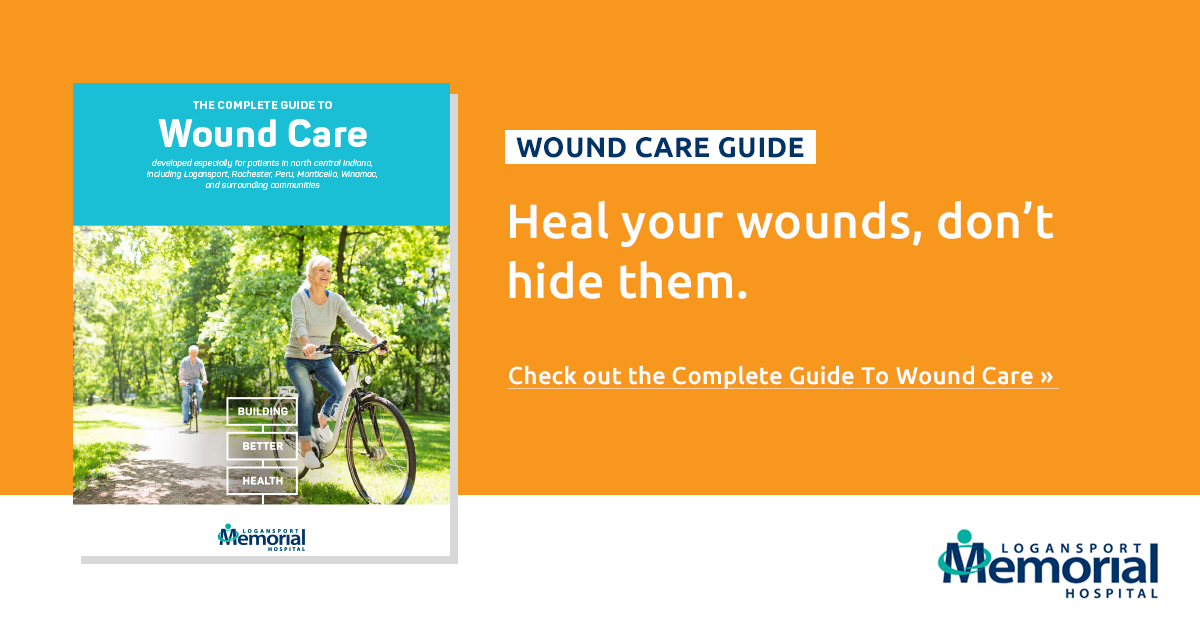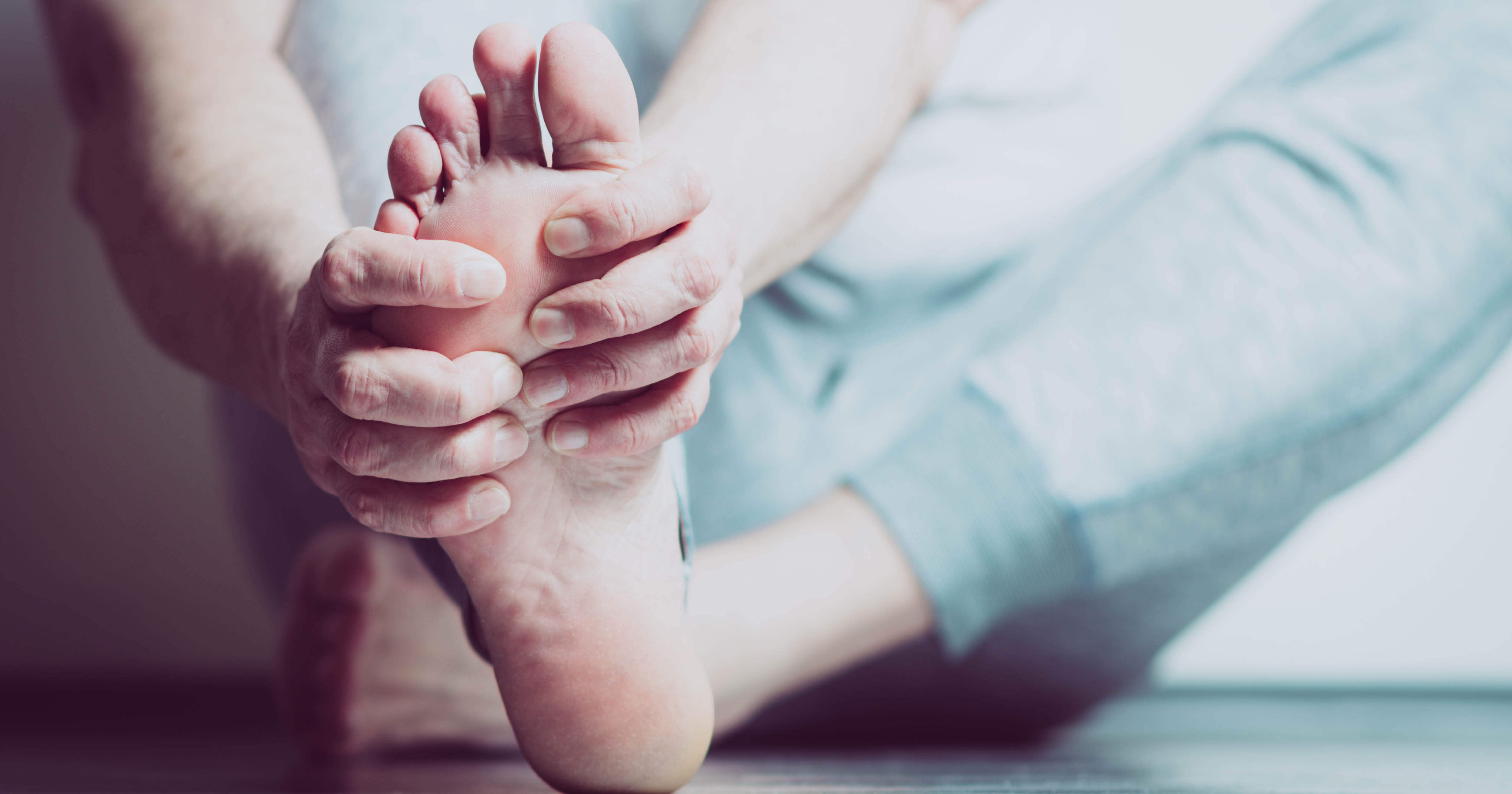This article is part of the Complete Guide to Wound Care.
Getting random cuts, grazes, bumps, scrapes, and scratches now and then is just part of being alive. These types of tiny injuries to your skin are considered minor wounds.
Minor wound healing is a complicated process, and when you have diabetes it’s even more complex. That’s because your body’s ability to start the three-stage wound healing process when you have a laceration is often is inhibited by the disease.

When you have diabetes, you should never ignore a cut or delay getting treatment. If you have a minor wound that is not cared for properly, you run a higher risk of experiencing:
- greater susceptibility to infection caused by a higher-than-normal blood sugar level,
- slowed healing because of immune system deficiency and poor blood flow, and
- other severe complications, like gangrene and sepsis
Learn which 7 factors affect wound healing
When you have diabetes, part of your daily routine should be to check your feet for any signs of damage. If you find a wound on your foot, no matter the size, it’s essential to consult with your doctor and closely monitor its healing to avoid problems that may lead to amputation.Tips for healing minor diabetic wounds
Managing your diabetes involves more than keeping an eye on what you eat and getting enough exercise. Part of staying healthy also requires inspecting your body regularly for any wounds then taking care of them properly to ensure your skin repairs itself.
Following proper wound care accelerates healing, minimizes pain, and helps control other problems that may be caused by your diabetes. Keep reading to learn how to recover speedily—and smoothly—from your minor wounds.
Vigilence & cleaning
You are your best chance at preventing complications from an infection. Keep your wound clean, and—using clean hands—apply an over-the-counter topical antibiotic to prevent bacteria from causing an infection.
Pay close attention to how your minor wound is healing (especially if it’s on your foot), and look for any signs of possible infection, including:
- redness
- drainage
- warmth
- swelling
- tenderness and throbbing
Find out what to eat to speed up wound healing
If you notice any of these symptoms, you may need an oral antibiotic to fight an infection. Call your doctor right away to prevent any more serious problems from developing and get you back on the path to proper healing.
Treating & protecting
For minor cuts and scrapes, applying antibiotic ointments to your clean wounds (following the directions on the package) is an excellent way to help prevent bacterial infections.
When you have a minor wound, keep it covered with a dressing that protects and aids healing by creating the right moisture balance. Each time you change the bandage, look at your minor wound for any signs for infection.
Always call your doctor if your minor wound is not healing or something doesn’t look right. If you have diabetes, you should consider any problems with your minor wound as an emergency.
Discover what happens a wound care center
Prompt treatment from your trusted care team of diabetic skin care experts is the best way to promote proper healing and prevent your wound from getting worse.
You might also like:
- What is the chronic wound epidemic
- When time does not heal all wounds
- Diabetic? Put your best foot forward with our six tips for wound care




